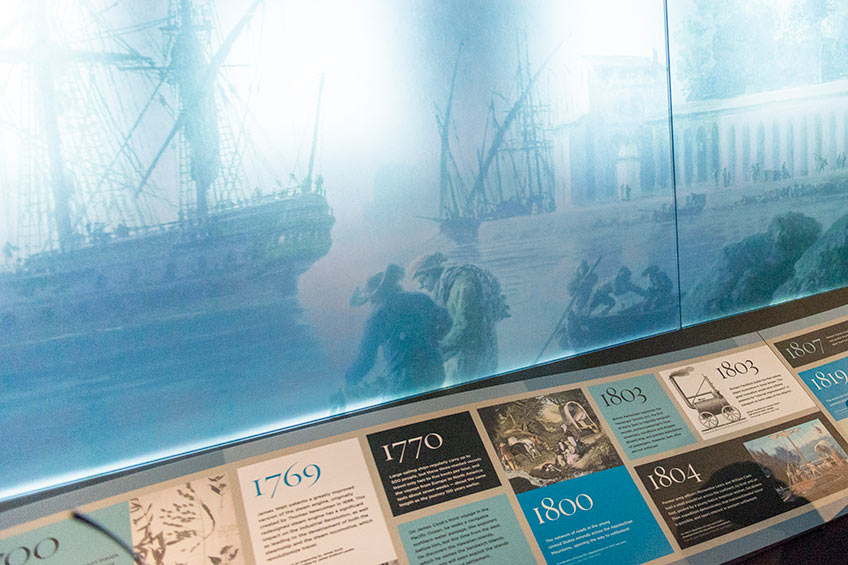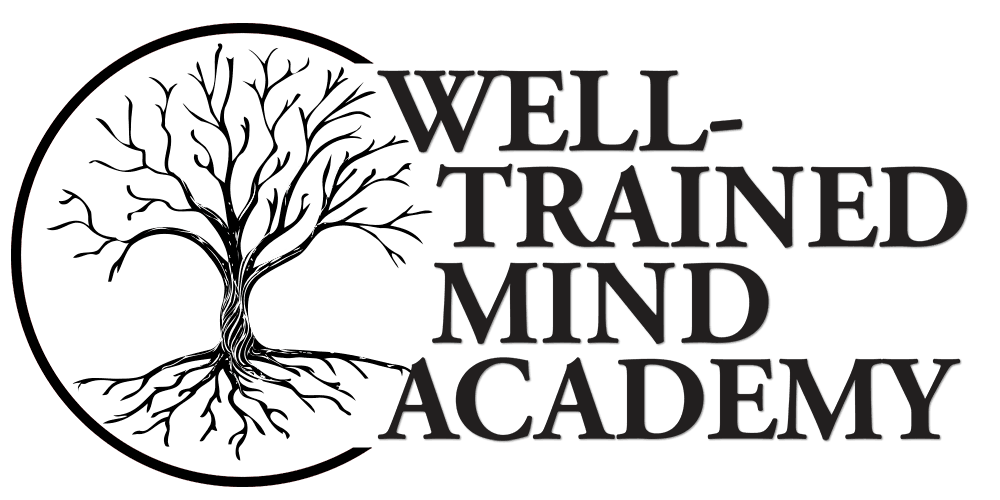Students Explore American History Through a Museum Project

Hi! I’m Meredith Baker. My enthusiasm for American history led me to teach in museums, then private schools, then WTMA. It has led me down many other winding paths, and I mean that literally. I’m the kind of person who veers off the road as soon as I see one of those brown historical markers on the highway. Cyrus McCormick’s farm? Civil War battlefield? A park dedicated to an obscure mining disaster? Take the next exit and put on the bug spray; I’m there! As a history teacher trained in museum studies, I’m an advocate of public history’s reach and inclusiveness. When it climbs out of the ivory tower and walks around with everyday people, educating and enthralling them with stories from the past, that’s my kind of history.
So when my WTMA American History students tackled a first semester project, I wanted to make sure it was more than a dry exercise. It needed to be an authentic assessment — one that required students to apply what they had learned about early America. It needed to provide opportunities for creativity, incorporate feedback, be relevant to the “real world,” and require students to use a range of historical skills and knowledge. I also wanted it to spark some enthusiasm for public history and cultivate curiosity about historical figures who often fly under the radar.
What if we practiced being public historians? What if each student curated his or her own museum exhibit?
Project Goals
- Acquaint students with local historical and cultural resources. No matter how small, every region has cultural destinations worth exploring.
- Give students real-world practice in thinking like public historians, applying critical thinking skills to primary source materials and historical objects.
- Give students real-world practice in educating like public historians, using clear communication skills to compellingly convey information to a general audience.
- Develop PowerPoint presentation skills while creating an interactive museum exhibit that could be shared with peers and used in a high school portfolio.
So how did we do it? We walked through the project sequentially, building on previous skills. The first step was visiting a local museum to answer the question: What makes a great museum exhibit? Students chose a vibrant variety of places, including the Birmingham Art Museum in Alabama, The Selma Interpretive Center (on the Civil Rights movement), also in Alabama, the Holocaust Memorial Museum in San Antonio, the American Museum of Natural History in Manhattan¹, and the Virginia Living Museum in Newport News, among others.
Their observations were sharp and insightful, and I was impressed with their ability to express which artifacts drew them in and why. Next time, I’ll ask the students to consider sending a copy of their evaluations to the museums! Now that students had an idea about what made an exhibit interesting and educational, it was time to create their own.
Project Steps
- Students chose an important and lesser-known historical figure and developed a theme/thesis to ground their exhibit. Topics included the peacemaking efforts of Chief Ouray of the Ute tribe, Cotton Mather’s vaccination advocacy, founding mother Eliza Hamilton, Anne Hutchinson’s trial, and the mass-murdering Harpe brothers of Kentucky.
- Students established context for their audience by building a map and timeline about the era. They then chose objects including artifacts, art, and letters that relayed important information about their subject and supported their theme/thesis.
- Students practiced explanatory writing skills as they interpreted artifacts and explained what these articles told us about the era and the person.³
- Students learned to detect bias and evaluate what made some sources more reliable than others. They then cited sources they used in a bibliography.
- Students practiced verbal communication skills by presenting their exhibits on Flipgrid for other students.
- Students also practiced constructive criticism by evaluating a peer’s museum exhibit project.⁴
What We Learned
What did I learn from our public history museum project? WTMA has students who are curious, creative, and eager to rise to a new challenge. What did students learn from the public history museum project? They learned to question source reliability and ask questions about why certain information is included or excluded from historical accounts. They gained experience framing and presenting historical arguments, using objects and artifacts to prove a thesis, and they learned about their responsibility to be thoughtful caretakers of our nation’s stories. WTMA truly provides opportunities for students to take their learning in exciting new directions with real-world applications.
Excerpts from Students’ Projects
1 A student’s impressions of the American Museum of Natural History in New York City, providing detailed examples of what made the exhibits compelling and educational.

2 Students were encouraged to recognize when they connected with particular displays and exhibits, and to consider why. Recognizing how to communicate stories and concepts in powerful, creative ways is a skill worth learning. From the National Voting Rights Museum and Institute.

3 A student-created exhibit label to accompany an artifact: this 18th-century pamphlet on smallpox.

4 Students created virtual exhibit galleries using PowerPoint. Other students toured them, viewing relevant artifacts, timelines, and maps and providing peer critiques.

